Learn Astrophotography with Frank!
Check out our online courses, and learn the secrets behind the images on this site! Select one to learn more.
[lifterlms_courses]
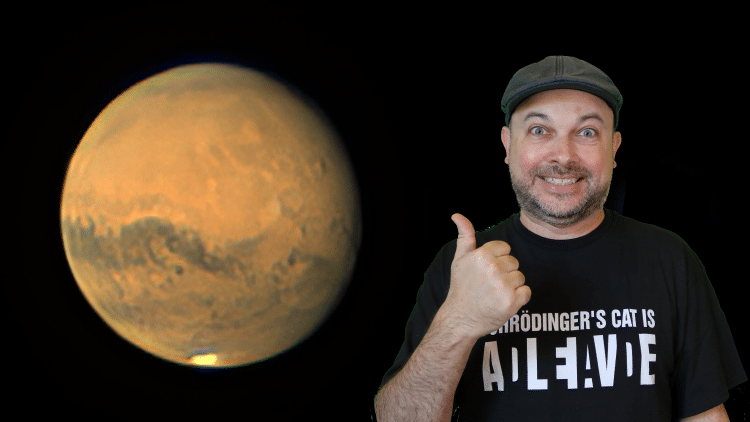
Check out our online courses, and learn the secrets behind the images on this site! Select one to learn more.
[lifterlms_courses]
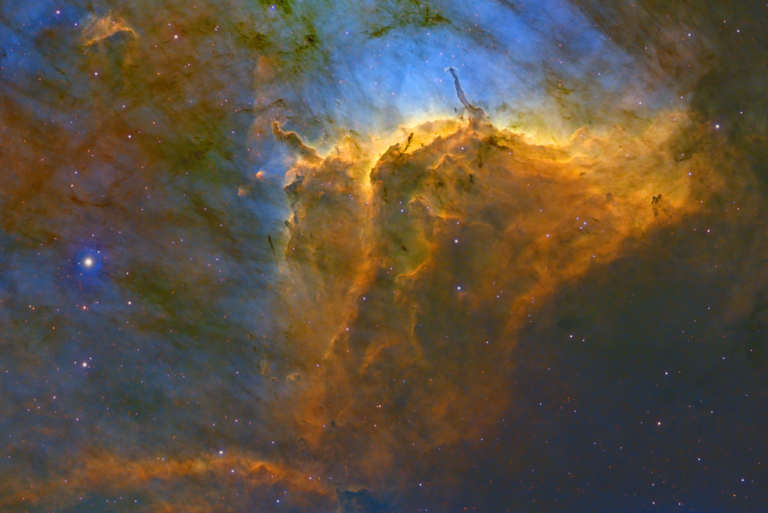
The Pelican Nebula frankly isn’t a very attractive object as a whole, but if you crop it down to its heart, there’s a lot of interesting stuff going on. Look for little puffs in the image, or areas with spikes coming out of them. Those are Herbig-Haro objects – stars that are still in the…
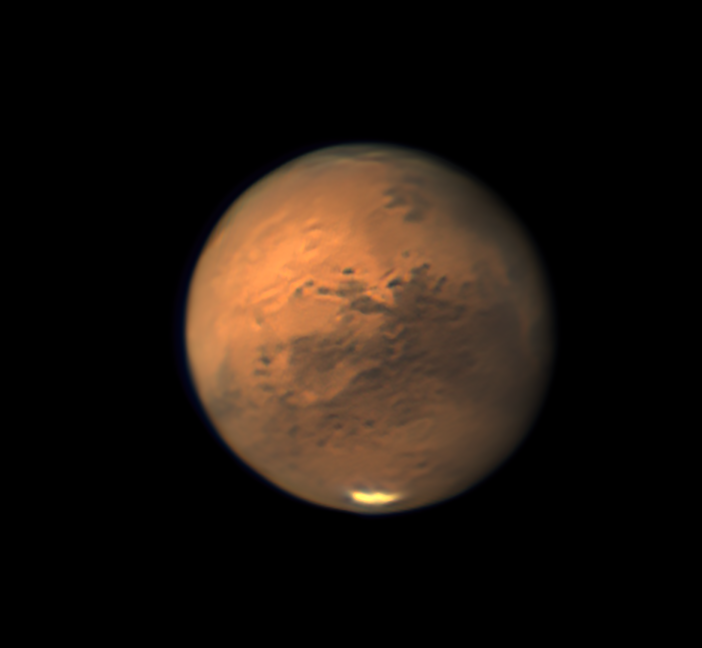
The amateur astronomy community is pretty excited at Mars lately – it’s nearing its closest approach to Earth right now, and this one’s even closer than usual. That means some of the best viewing and imaging opportunities for the Red Planet you’ll ever get. When the skies clear and the atmosphere is still, it’s an…
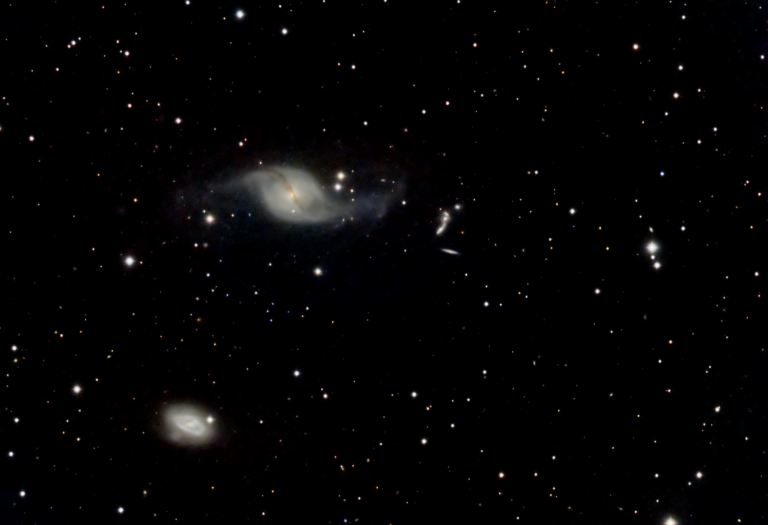
That twisted-up galaxy at the top is NGC 3718. We don’t actually know if it’s a spiral or a lenticular galaxy, because the galaxy below it, NGC 3729, appears to have warped it beyond recognition when it passed by it. Also look for the cluster of five more distant galaxies just to the right of…
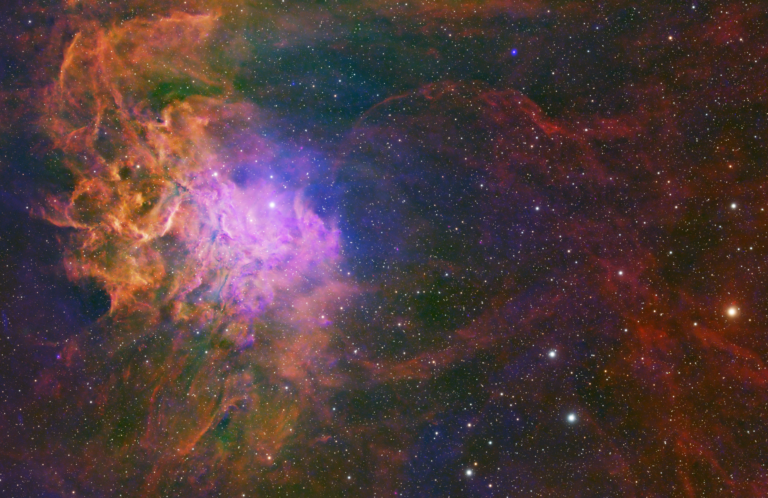
Kind of an interesting framing on this one – it looks like it’s reaching out! This is narrowband emissions, in the Hubble Sulphur/Hydrogen/Oxygen palette. Some say there’s no Oxygen emission in this one, but with enough determination I pulled it out – that’s what results in the purples and blues you see here.
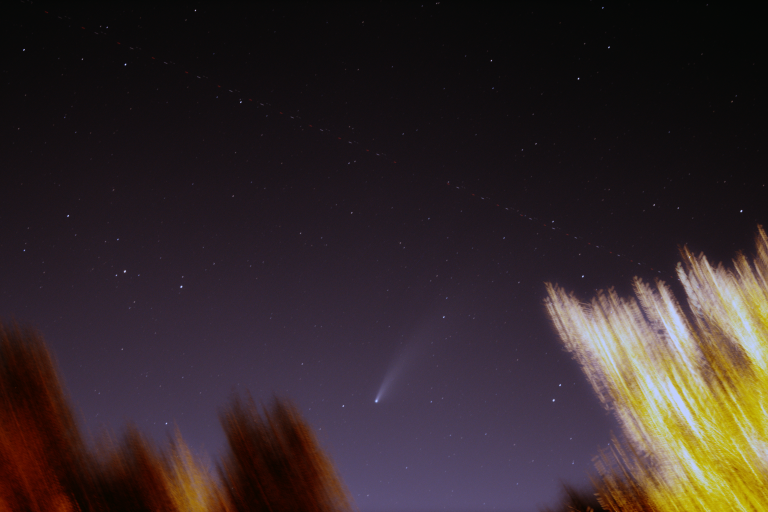
There’s a comet in the sky! They don’t appear this bright very often, so don’t miss what could be a once-in-a-lifetime chance to see a comet with your own eyes. It’s tough to spot here in suburbia with your eyes, but it’s easy to see with binoculars. Its official name is C/2020 F3 NEOWISE. Just…

Taken just prior to Halloween in 2018, the southeastern knot of the Eastern Veil Nebula takes on a ghostly appearance when imaged in the Hubble palette with narrowband filters.
Clicking on both the links on online courses (at http://18.216.0.7/2020/12/16/learn-astrophotography-with-frank/?mc_cid=e5ec7b030e&mc_eid=d2939fb3f3) is giving error. It seems briefly it comes on and then shows the error. I am an enthusiast for astro photography.
Thanks for letting me know! I think this is cleared up now.